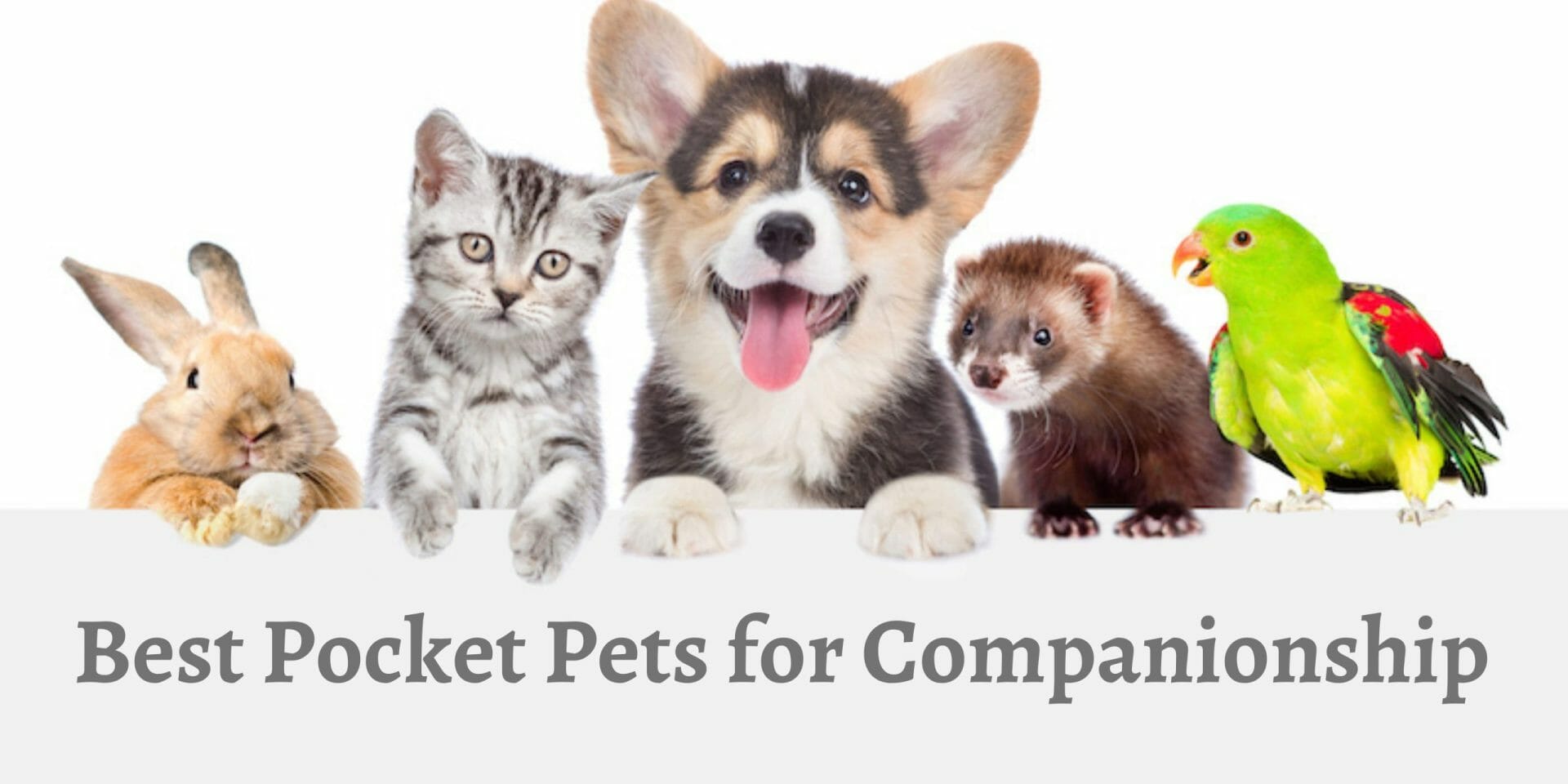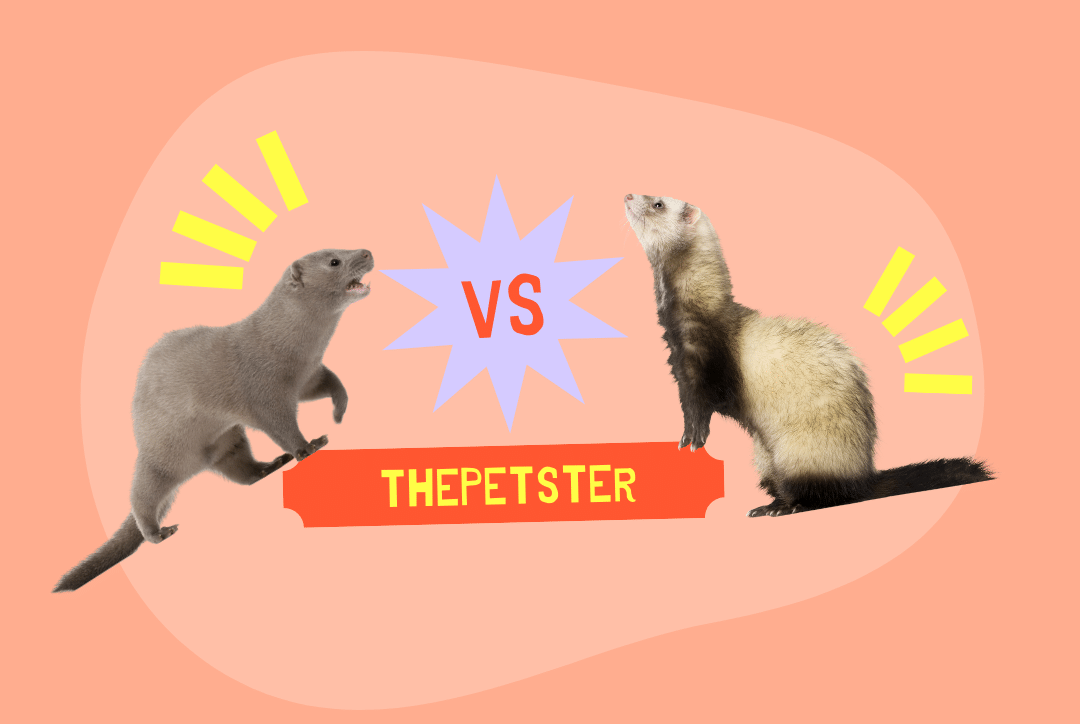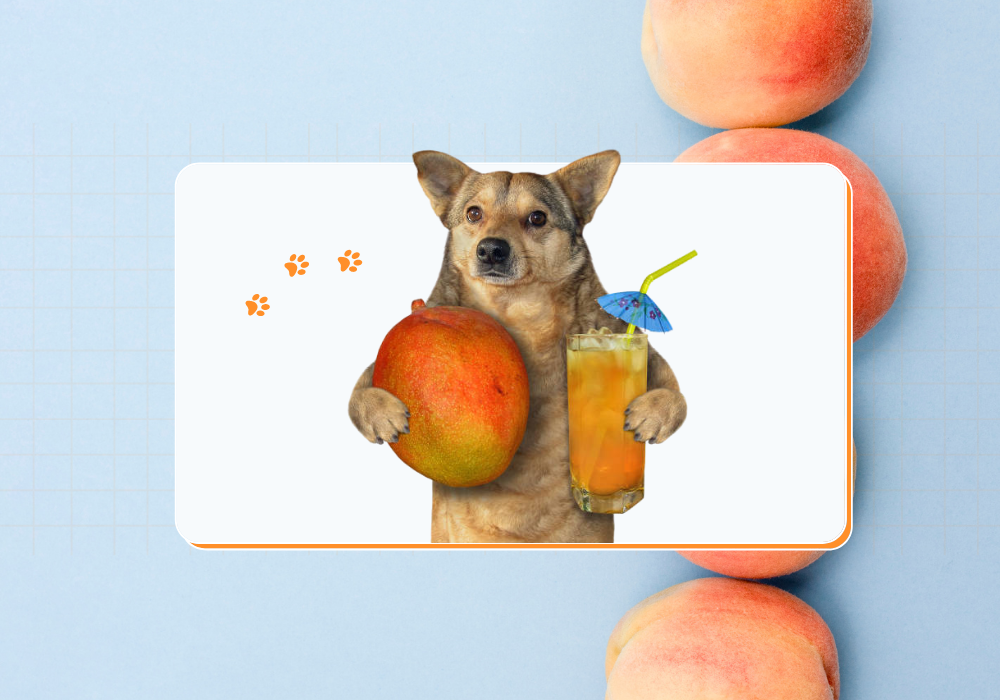15 Best Pocket Pets for Companionship
Which animal would you naturally go to when looking for a household pet?
Most people would probably go for a fluffy dog or cute furry cat. However, other smaller animals make great household pets. These pint-sized creatures require less space and are relatively easier to take care of.
Pocket pets are tiny animals that can ideally fit in our pockets. Most pocket pets are rodents like mice, hamsters, rats, and guinea pigs. An example of a non-rodent pocket pet is a rabbit. They may be small and low maintenance, but they still need specialized care. The following practices will help you care for your pocket pets to keep them comfortable, healthy, and joyful.
What are Pocket Pets?
They are small, pocket-sized furry animals that are kept as household pets. Aptly named for their small size, most can fit into a pocket. They include rats, mice, hamsters, gerbils, slightly bigger hedgehogs, guinea pigs, chinchillas, rabbits, and sugar gliders.

Interestingly, most pocket pets are nocturnal creatures. All of these beautiful pint-size creatures require specialized care, so reading up on them before bringing one into your home is very important for their health and well-being.
How do You Take Care of Pocket Pets?
Taking care of these pockets pets is another task that must be carried out. They must care for otherwise, they could die. There are several ways to take care of these pockets pets, and you need to be conversant with them. They are listed below:
1. Get a Secure and Comfortable Habitat
The first thing to consider before or immediately after getting a pocket pet is where it will stay. Its habitat needs to be secure if you have predatory pets like dogs and cats. That is one of the main reasons people get cages for their pocket pets. The habitat should be comfortable enough for the pet to move around. Moreover, if you get a pet like a chinchilla, it will need a habitat with enough height room to stand and jump. Lastly, it would help if you considered how easy it is to disinfect the habitat.
2. Get Quality Food
Your next concern is how you feed your pocket pet. It needs a balanced diet and a fresh supply of water. A healthy pocket pet’s diet should include fruits and vegetables. You can also get commercial food specifically made for your pocket pets. Some pocket pets may have unique nutritional needs. For example, rabbits and chinchillas need extra plant fiber in their diet. Also, if you have a guinea pig, you need to ensure its diet has vitamin C.
3. Pick a Good Cushy Bed For Your Pocket Pet
Your pocket pet needs a bed to rest and nest within its habitat. You get soft bedding that is Non-toxic and ones the pet will not ingest. Furthermore, it would help to clean the habitat and beddings at least twice a week. The size and type of bed you choose depend on your pocket pet.
4. Provide Means or Equipment For Exercise and Stimulation
Your pocket pet will also need some exercise to keep busy. While we may encourage you to engage and play with your pet, you also need to furnish its habitat with some equipment. The equipment you get depends on your pet. You can include balls, wheels, and tunnels. Ensure the equipment and tools you get are non-toxic and durable.
5. Schedule Regular Check-ups For Your Pocket Pets
You need to schedule regular checkups starting immediately after getting a pocket pet. Scheduling regular check-up is essential for your pocket pets; it will help you maintain and checkmate your pet’s health status.
What are the Best Pocket Pets For Companionship
Here is the list of the best Pocket Pets so you can get acquainted with them and know the one which is best for you.
1. Hamsters
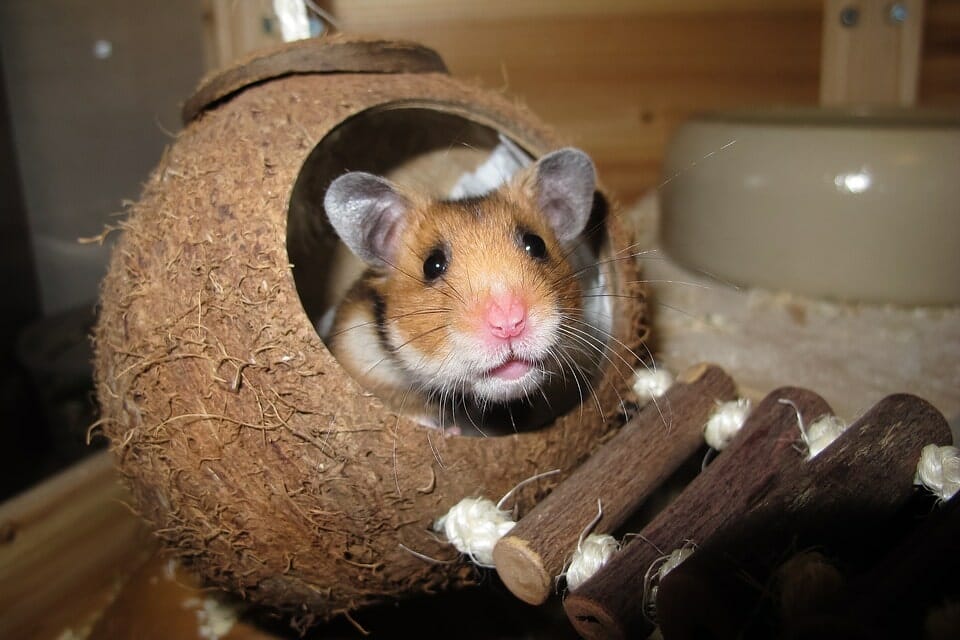
Hamsters are one of the cutest pocket pets and make the best companions for kids since they are super playful. They are inquisitive and friendly animals. Some breeds love being touched on their soft silky fur, whereas others like the Roborovski hamster don’t like the human touch. Additionally, they are nocturnal little creatures, and they are most playful at night, which might be disappointing for children. They also don’t like being disturbed when they are asleep. They can become aggressive.
Hamsters come in various breeds, and each has its personality. The Syrian hamsters, for instance, prefer to be housed alone as they are not sociable. They love human attention, but limited interaction, which can cause them stress. The White Winter Dwarf Hamsters, on the other hand, are sociable and can be housed in same-sex pairs. Their life span is 3 to 5 years.
What they need–
- Spacious cage for nesting and play
- Toys to stimulate them
- Hamster wheel
2. Rats
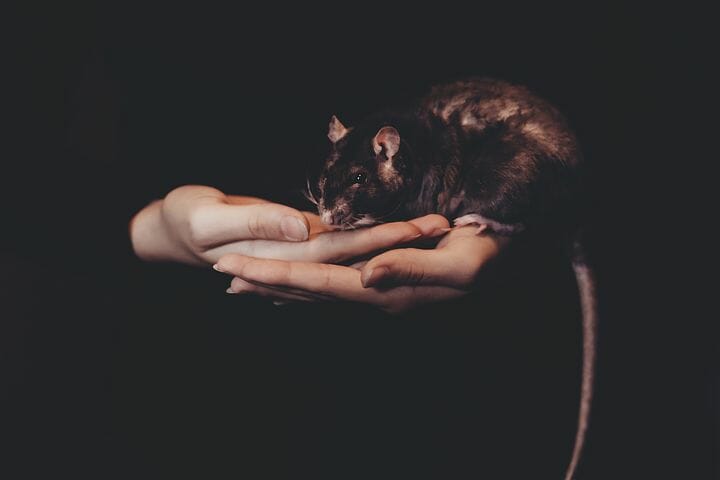
Rats make great companions for both adults and children. They are intelligent, clean, and sociable little animals that enjoy human interaction. You can easily teach them tricks like retrieving objects and games like navigating obstacles which are perfect for keeping them stimulated. What’s more, these are activities you can create with simple household items like tissue rolls or paper towels. Rats make the ideal pets for small children. They rarely bite and form strong bonds with their owners.
Rats require a larger cage than hamsters. They love to run around and play, so ensure that you have enough room in the cage. It is also essential to provide rats with enough bedding like cardboard or shredded paper towels to give them enough room for burrowing and hiding food. Moreover, since they are friendly creatures, it is best to house them in same-sex pairs. Their life span is 2 to 4 years.
What they need-
- Large cage
- Some woodblocks to keep their front teeth from overgrowing
- Food pellets – Rats feed on specially formulated pellets available in most pet stores. You can also feed them with fresh fruits and vegetables to meet their dietary needs.
3. Mice
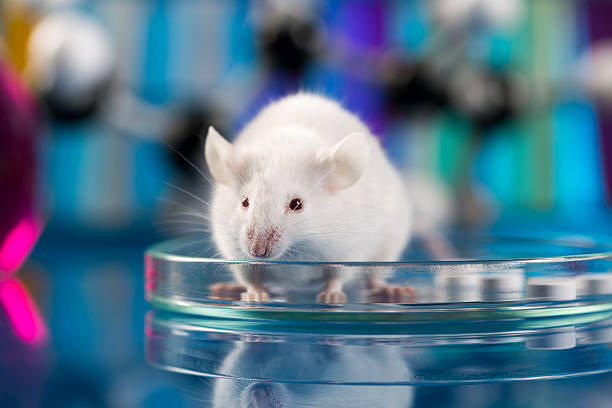
These little explorers are fun to watch animals. They rarely bite and would make a great addition to a family with children. They are quick and always on the move. They love to climb, run around, and quickly climb out of their cage bars. If you choose to keep mice, house them in pairs according to their sex. Male mice tend to fight other males. They love human interaction, and you can teach your kids to feed them. They love to take food from the hands; of their carer. Their Life span is two years.
What they need –
- A large cage with narrow cage bars.
- Commercially formulated pellets- Like rats, mice feed on commercial pellets, which provide them with the necessary nutrients they need to grow.
4. Chinchillas
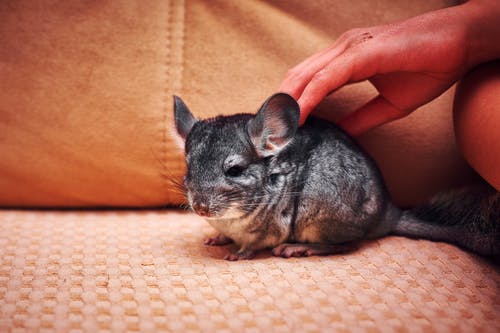
Chinchillas make great household pets. These exotic animals are similar to rabbits and squirrels though they are slightly larger and more robust than squirrels. Chinchillas are pretty shy and do not make great cuddle buddies. They love solitude and prefer to stay in their cages. They are great if you prefer to have a pet to watch. However, they can learn to enjoy the owner’s company.
If you decide to get a chinchilla, house them in a roomy cage with a nesting box or hiding area. They are required to rest. You don’t need to bathe chinchillas. This is because they take a dirt bath a few times a week. All you need is to place some chinchilla dust in their cage and leave it for at least half an hour. Alternatively, you can choose to remove the chinchilla from the cage to have its dust bath—their life span is 12 to 15 years.
What they need –
- Multi-level cage for stimulation and play
- Special Chinchilla dust
- Grass-based pellets
- Hey
5. Gerbils
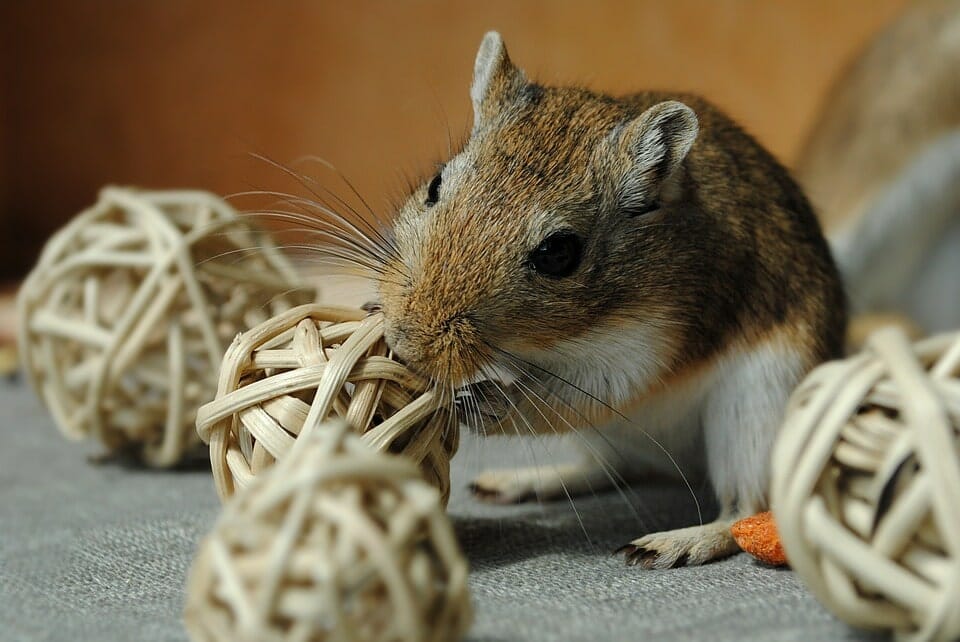
These quick and agile creatures are pretty friendly. Unlike hamsters, they don’t adapt well in solitary; thus, you should keep them as a pair of the same gender. Gerbils are fragile, and if your household has children, they would need adult supervision. Also, kids may find it challenging to hold them without squeezing them because of their agility. Their life span is 2 to 4 years.
What they need –
- Toys – Consider wooden chew toys, wood planks, or cardboard tubes
- Pre-mixed gerbil food purchased from a pet store
- Fresh fruits and vegetables (Do not feed them too much lettuce as it can cause diarrhea)
- Hard-boiled eggs, sunflower seeds, cheese, peanuts in small amounts
- Wood shavings for bedding
6. Rabbits
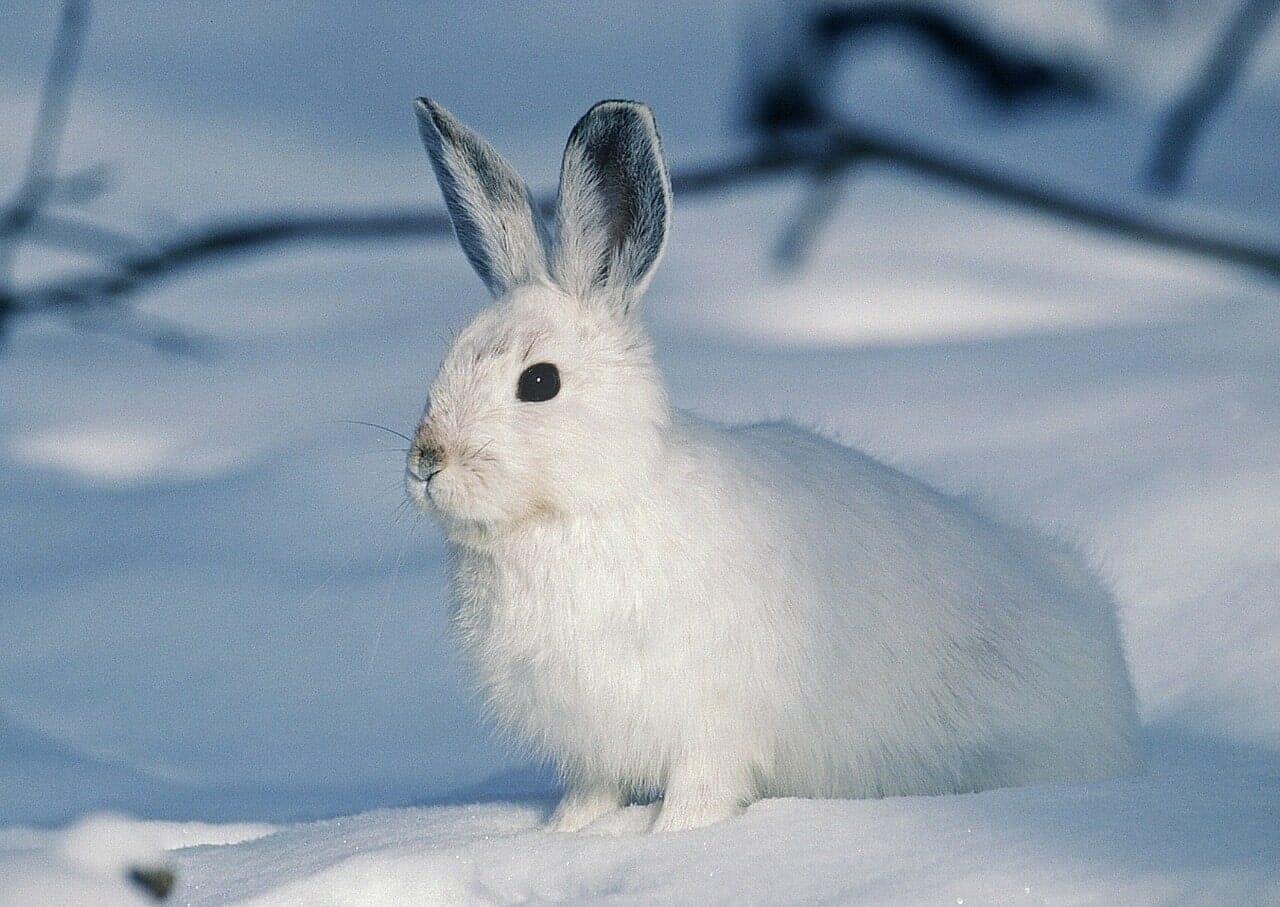
Bunnies make excellent pets for children. They are social animals, and when getting them as pets, you should consider housing a pair for companionship. They are very playful, and you can teach them how to use the litter box. However, if you have kids, they should not be left unsupervised with bunnies. This is because they are prey animals, and if they sense a danger to themselves, they tend to bite, kick, or scratch. Their life span is 6 to 8 years.
What they need –
- Wooden Hutch with wired floor
- Toys
- Obstacles
- Occasional food treats such as carrots, root vegetables, and fruits
7. Guinea Pigs
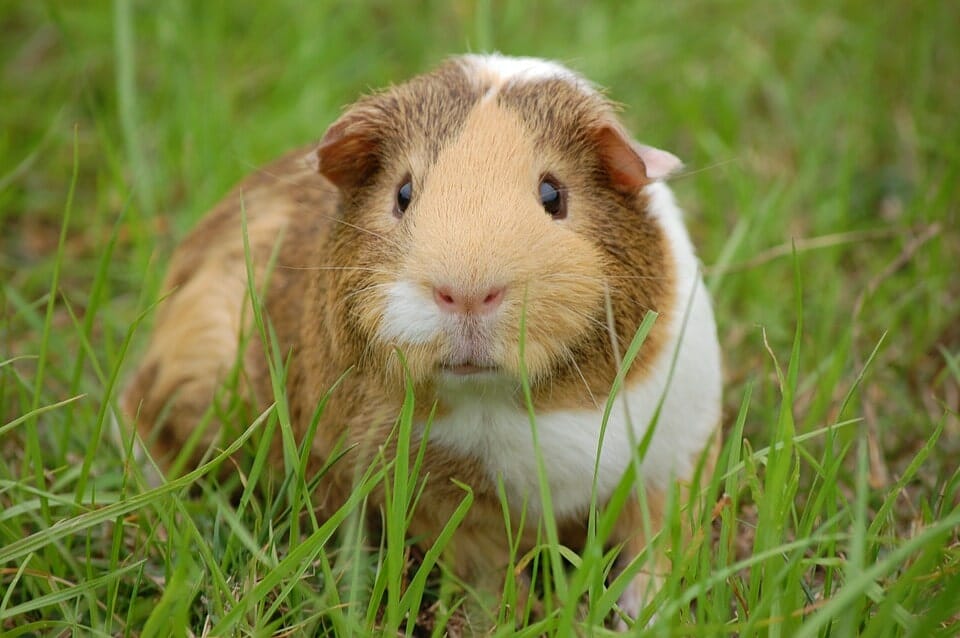
Guinea pigs are comparably bigger than the other pocket pets. They are cute, gentle, and very friendly pets to own. They make excellent companions for young children as their first pets. They are tame and generally do not bite. They enjoy human interaction and love to be petted and to play. Amazingly, they are the most vocal of the pocket pets. When you have interacted with them for a while, you will notice they make different sounds when happy, sad, or even hungry. Their life span is up to 7 years.
What they need –
- Attention
- Lots of playtimes
- Large floor space for a cage
8. Sugar Gliders
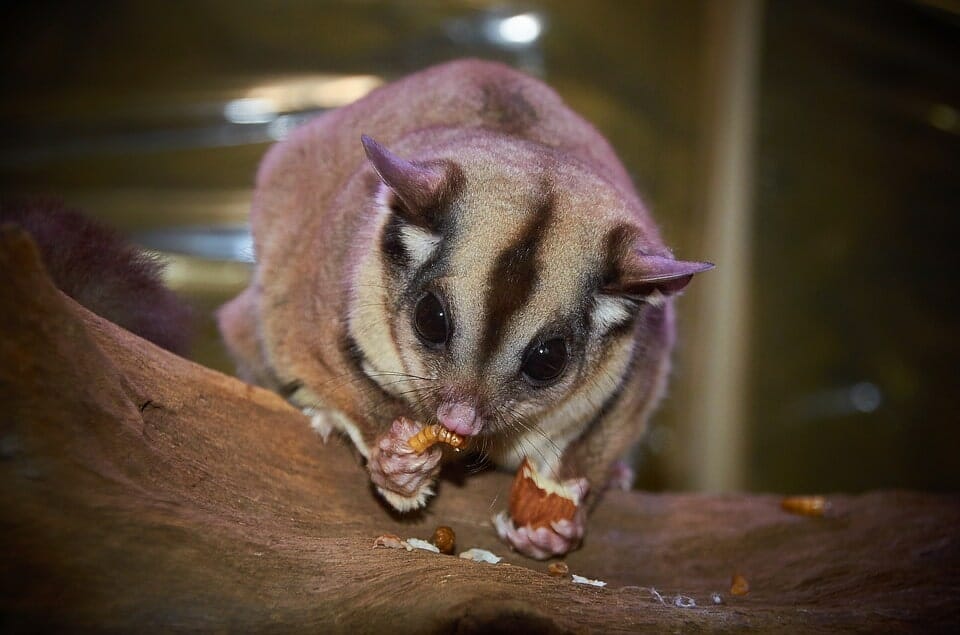
Sugar gliders are small, cute, and highly social animals. Due to their social nature, you should not keep these little furries alone. They get depressed and develop undesirable behaviors. Sugar gliders are different from other pocket pets. You can house the males and females together as long as you neuter the male before six months if you do not want a litter.
Unlike the other pocket pets, sugar gliders are marsupials. They have a small pouch for carrying their young ones like kangaroos. You are most likely to find sugar gliders in most pet stores, breeders, or shelters. Their life span is 10 to 12 years.
9. Parrots
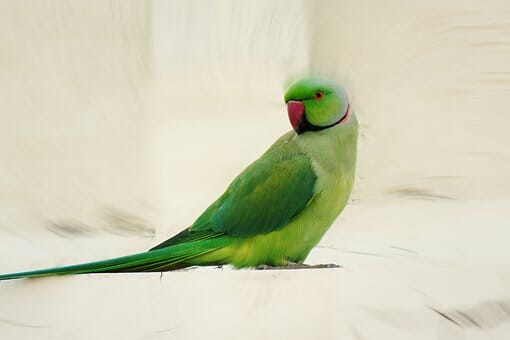
Parrots are lovely, human-like pets, as they’re playful, lively, and intelligent. However, like humans, parrots can live for up to 80 years. For this reason, it is not recommended that a parent buy their small child a parrot.
If you’re going to invest in a parrot, you should be old enough and at a stage in your life to make that type of long-term commitment, especially considering that parrots become very attached to their humans over time.
10. Hermit Crabs
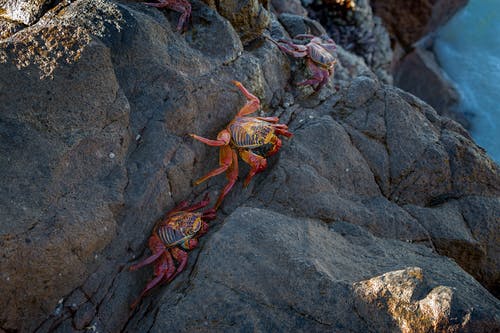
Hermit crabs don’t get enough credit as pets, which is a shame, as they are highly active, interesting, and social little creatures.
While hermit crabs can be great fun for kids—after all, they get to pick out cool new shells as their little friend outgrows hers—they require more commitment than most children are ready for. Hermit crabs can live for up to 30 years when taken care of properly.
11. Ferrets
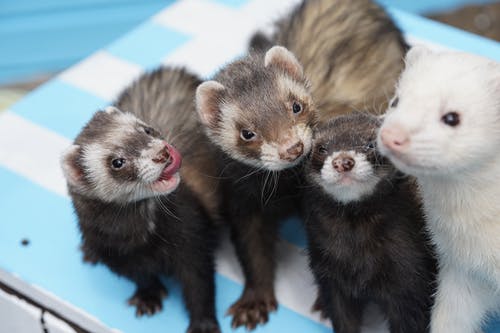
Ferrets are a lot like cats – independent, curious, and mischievous. However, they make excellent pets, as they’re highly energetic and intelligent. Children especially love ferrets, and if appropriately trained, they can be the loyal and low-maintenance companions you desire.
Remember that because of their curiosity, your home should be ferret-proofed, with all things that could potentially harm or trap your pet put up and out of reach.
12. Reptiles

Though reptiles such as snakes, lizards, and frogs are relatively low maintenance, setting up the proper environment can be difficult and expensive. Reptiles need a just-right environment to thrive, moderated with a heat lamp. They also need plenty of foliage (preferably similar to their native habitat), hiding spots, and ground covering.
Reptiles eat live prey, which can make some people squeamish. If you’re not into feeding live mice or bugs to a creature, a reptile may not be the best pet for you.
13. Fish

Assuming that you’re buying a goldfish or some other non-tropical fish, a fish may be the ideal low-maintenance small pet you’re looking for. While you would still need to invest in a nice tank, filters, rocks or pebbles, and foliage, beyond that, caring for a fish requires very little investment of your time.
You just need to feed them daily, make sure that the pH balance of their water is good and clean their tank weekly.
14. Sea Monkeys

If each of the above animals requires more work than you’re willing to invest, you may do well to buy a pack of sea monkeys. Sea monkeys are ideal for small children who want to look at things moving but do not care for a live creature. They require hardly any maintenance and only need to be fed growth food every five to seven days. If the water starts to get too cloudy, though, you can negate the food for a while longer.
Sea monkeys live up to two years, the ideal lifespan for small children that want a pet but don’t firmly grasp what owning a pet entails.
15. Hedgehog
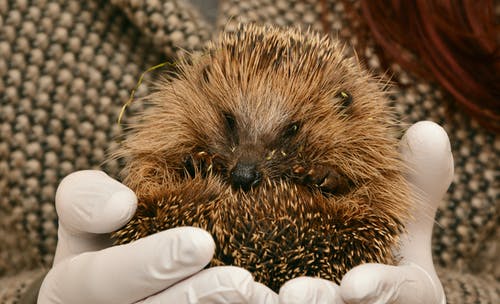
Hedgehogs require an escape-proof cage. The cage should be as large as possible, such as a wire enclosure meant for guinea pigs, but the cage floor should be solid rather than wire so that the hedgehog’s feet don’t get caught.
Line the cage either with newspaper or other paper-based bedding. Wood shavings or other types of litter meant for cats are not recommended as they can be dusty and are indigestible if eaten, leading to potential gastrointestinal obstruction. Hedgehogs can be trained to use small litter boxes, which should also be linked with a paper-based litter and placed in the corner of the cage.
Can the Rabbit Consider a Pocket Pet?
Yes.
Pocket pets are tiny animals that can ideally fit in our pockets. Most pocket pets are rodents like mice, hamsters, rats, and guinea pigs. An example of a non-rodent pocket pet is a rabbit. They may be small and low maintenance, but they still need specialized care.
Bunnies make excellent pets for children. They are social animals, and when getting them as pets, you should consider housing a pair for companionship. They are very playful, and you can teach them how to use the litter box.
However, if you have kids, they should not be left unsupervised with bunnies. This is because they are prey animals, and if they sense a danger to themselves, they tend to bite, kick, or scratch.
Related Posts
- Best Pet Monkey Breeds You Need to Know
- 15 Best Pocket Pets for Companionship
- 20 Awesome Brown Cat Breeds You Should Know
- Why Does My Dog Lick Me All the Time?
- How Long Does a Cat Hold a Grudge?
- What Colors Can Dogs See?
- Why Do Dogs Roll in the Grass?
- How Long Does a Cat Hold a Grudge?
- Why Does My Dog Keep Sneezing
